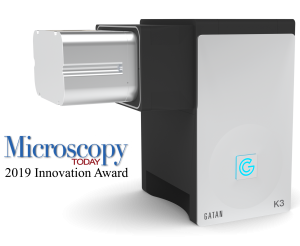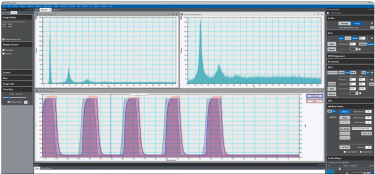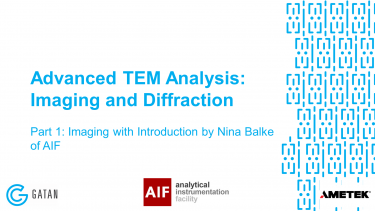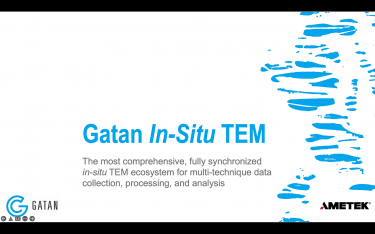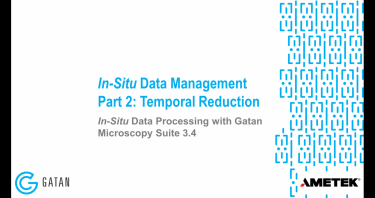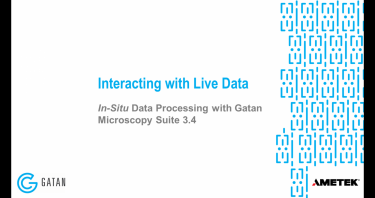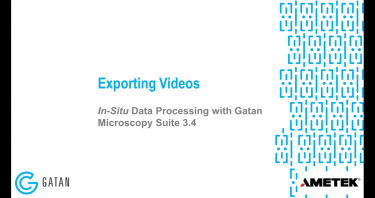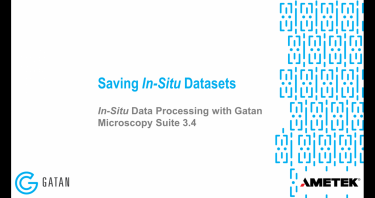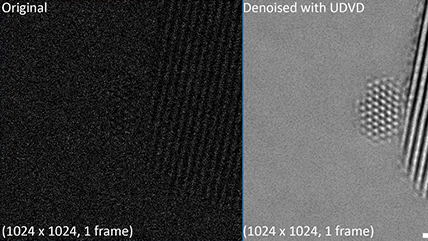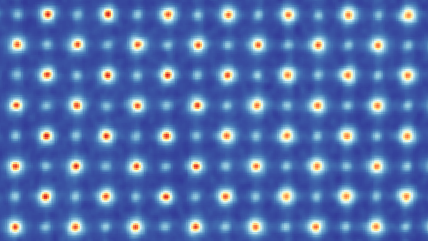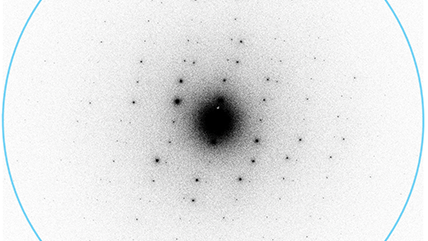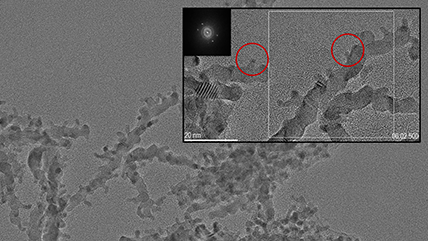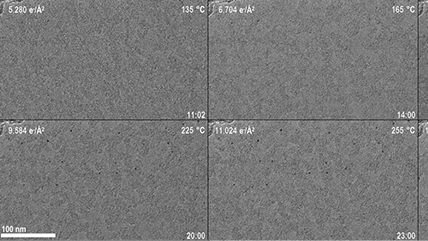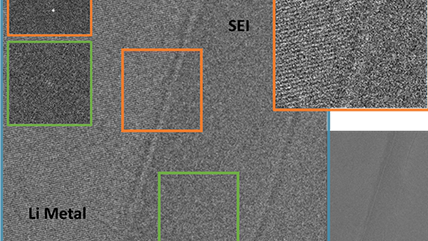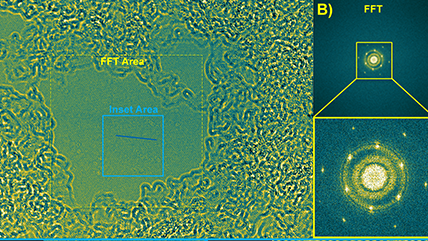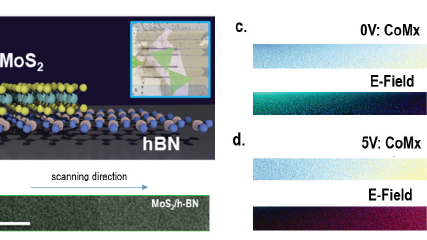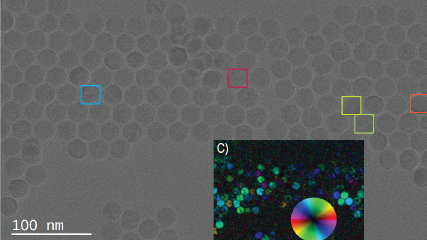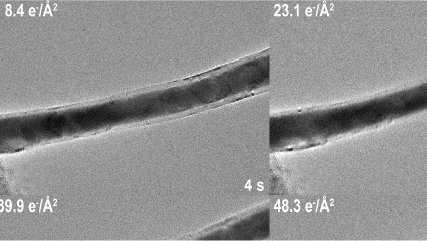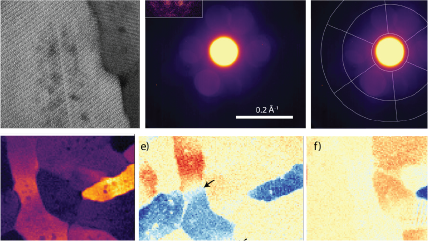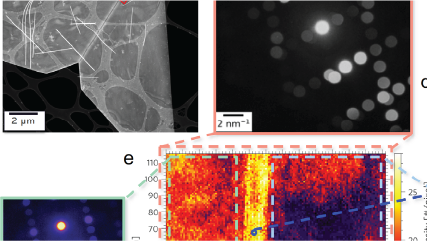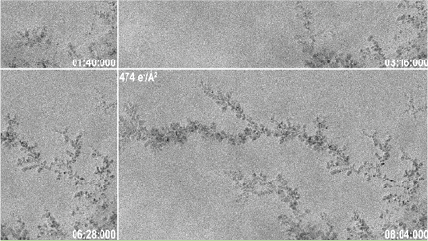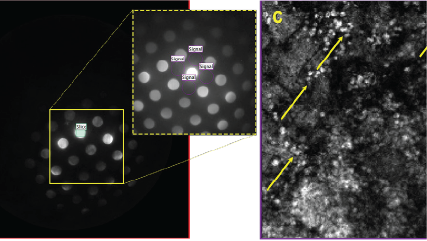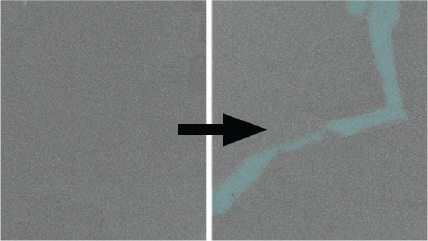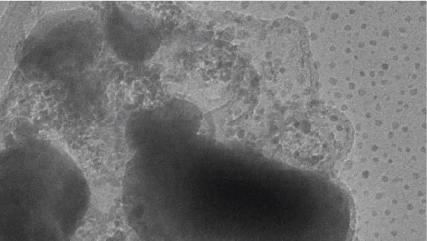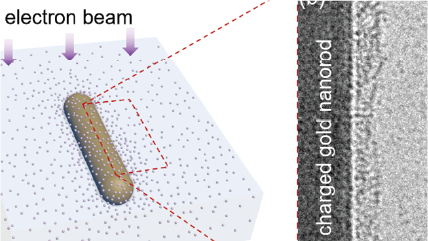K3® IS – The world’s only counting, high-speed, large-format camera for in-situ transmission electron microscopy (TEM). With an unprecedented temporal resolution, this true next-generation camera collects the ultimate in-situ data to extend the K3 resolution revolution into material science.
Better
- See your sample, not beam-induced artifacts
- Capture the highest-quality, low-dose, in-situ video with the industry-leading DQE and sensitivity
Faster
- Count single electrons at unsurpassed speeds
- 250 frames per seconds (fps) at full field of view saved to disk in real-time
- >3500 fps at 256 x 256 pixels saved to disk in real-time
- Shorten time to results with the market-leading DigitalMicrograph® in-situ processing utilities and free offline tools
Larger
- Expand the field of view to 14- or 24-megapixels – Up to 1.65 times the size of the K2® IS camera
The performance of detectors for diffraction-based studies in (S)TEM
Models 1026, 1027
Datasheet
Applications
Related Products
GIF Continuum® K3 System
Continuum IS Upgrade
Metro® In-Situ Counting Camera
Acknowledgment
Continuing our prosperous collaborations that built the K2, the K3 is the successful result of Peter Denes' team at Lawrence Berkeley National Laboratory and David Agard.
